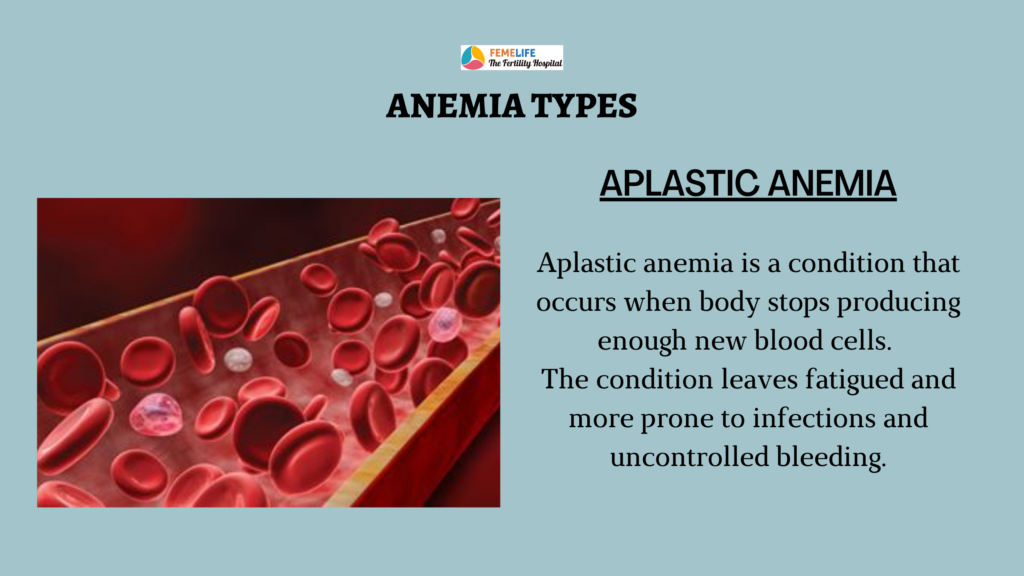Aplastic anemia is a rare but serious blood condition that occurs when your bone marrow cannot make enough new blood cells for your body to work normally. It can develop quickly or slowly, and it can be mild or serious.
What is the main cause of aplastic anemia?
The most common cause of aplastic anemia is from your immune system attacking the stem cells in your bone marrow. Other factors that can injure bone marrow and affect blood cell production include: Radiation and chemotherapy treatments.
What are the symptoms of aplastic anemia?
Aplastic anaemia symptoms normally appear over the course of several weeks or months, so you may not notice any changes in your body straight away. In certain circumstances, people experience severe symptoms right away. If you do experience symptoms, they may include the following:
- Infections with viruses that remain longer than usual.
- Fatigue.
- It is easier to bleed or bruise.
- Shortness of breath (dyspnea).
- Skin tone that is lighter than typical.
- Dizziness.
- Headache.
- Fever.
